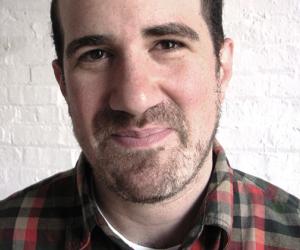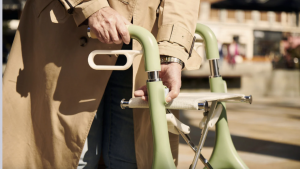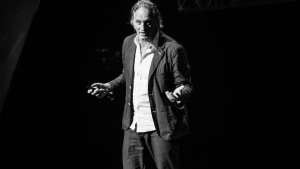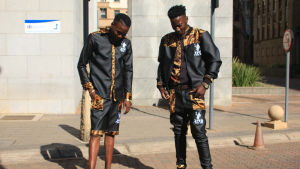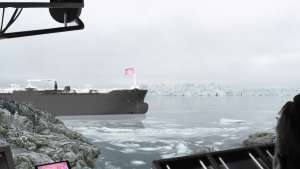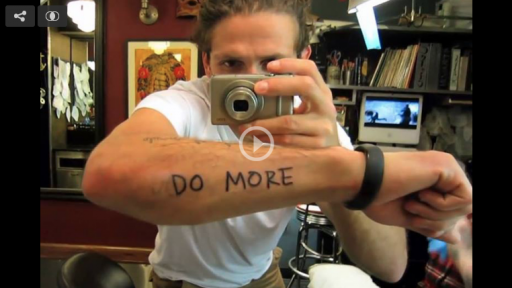The playful nature often exhibited in coder and artist Zach Lieberman’s work was on full display during his Design Indaba 2018 talk. Lieberman, who has a background in fine art, is known for a combination of art and technology.
A key moment from his talk was the announcement of his latest project Weird Type - a collaboration with artist Molmol Kuo and Design Indaba.
Weird Type is an AR app that allows you to draw with typography in 3D spaces. It was created as a way to educate and provide accessibility to the ever-growing tech industry and more specifically the world of Augmented Reality.
“How does typography change when it is spatial when we can move around it and it exists in 3D space?” Lieberman questioned. “This app is a collection of several of our sketches. It’s basically inviting people to jam with our sketchbook.”
The inspiration behind the app came from Instagram, where Zach and Molmol have been posting their work.
“I think it's exciting to jam with typography in new ways – as designers, we're used to the tools we know well for working with type, but new tools can open up new possibilities for expression and play,” explained Zach.
The app, which was created for IOS system, was released days after the conference. Currently, the app has over five hundred ratings, as well as a 4.9-star rating on the Apple store. But Lieberman revealed that this is part of a larger collaboration, where he wants to create a series of apps.
You can download the app here.
Another project, Zach spoke about was the “YesYesNo” installation he did in Auckland, New Zealand. Together with his team he was able to build an interactive playground where viewers became performers through their body movements.
Lieberman is known for creating performances and installations that use human gesture as a way to amplify the experience.
“We used 3 different types of interaction - body interaction on the two stages, hand interaction above a light table, and phone interaction with the tracking of waving phones. There were 6 scenes, cycled every hour for the public.”
“What I think is so beautiful is that you can actually see this process, where they ( the people) come to this project and they almost immediately understand because of their body and then it goes to their brain,” he explained.
Using light and refraction techniques was key for Lieberman in this project. In some of his other projects, he used the same technique but this time he used it to reflect off the letterforms used.
He used this technique for work he had done around Donald Trump’s inauguration, which featured a moving Trump body. Lieberman described it as an interpretation of a feeling a lot of people shared - “What is going to happen in the next year.”
Another project dealt with the aftermath of Trump’s presidency, more specifically all the protests and marches that took place because of the outrage against Trump’s policies.
“I started to do this sketches that was just about pushing and what it feels like to push.”
Another project he discussed is called the ‘EyeWriter’- the project was created for Los Angeles-based graffiti artist, Tony Quan who in 2003, was diagnosed with ALS, a condition that left his body completely paralysed everywhere except in his eyes.
Zach along with his team of developers from Art and Technology, Openframeworks and The Ebeling Group, came together to study the graffiti artist and his style to build an open source eye tracking system.
“He can move his eyes and we built a tool that tracks his eye movements and follows his movements, allowing him to draw graffiti and then we would project that graffiti live and screened it back into the hospital,” explains Lieberman.
In 2010 this project won a FutureEverthing Award for innovation, where the money won went into further researching eye-tracking technology for the masses at affordable pricing.
Watch more speaker talks:
Graphic designer Natasha Jen poses six questions for design thinkers
Morag Myerscough on transforming spaces with colour and embracing the unknown
Landscape architect Peter Veenstra on the importance of bringing nature into our cities

